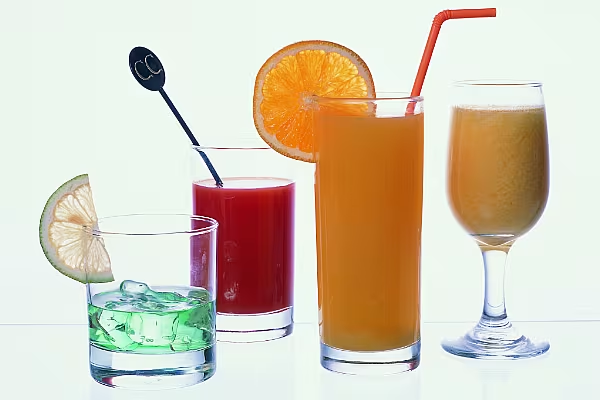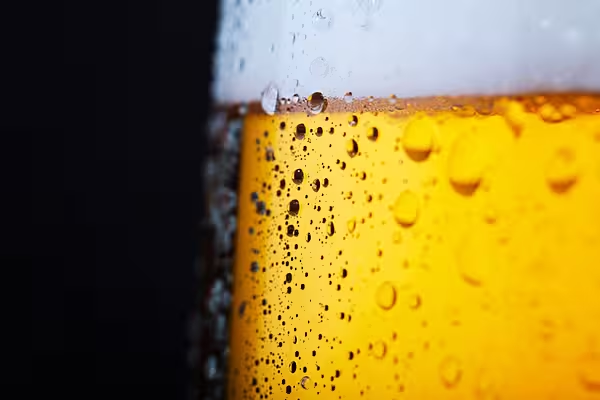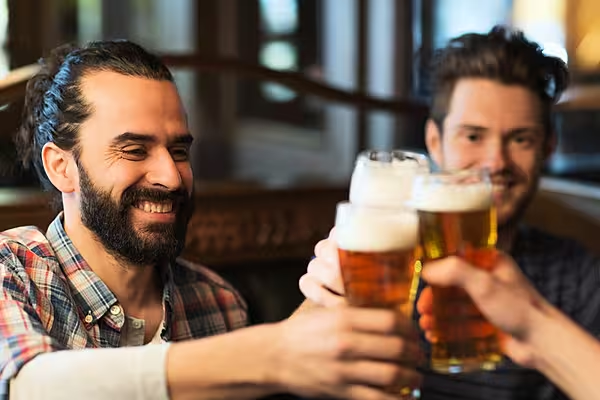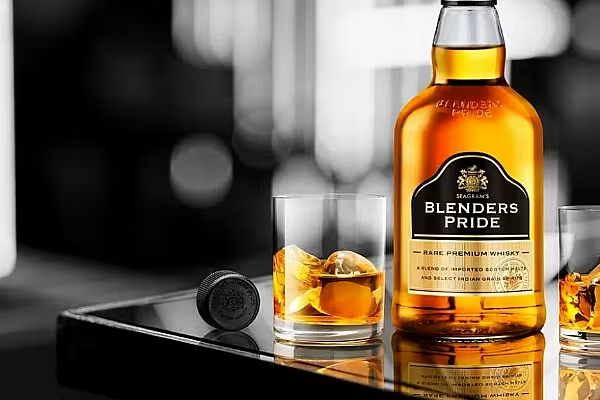The cost of going out is going up. The culprit this time isn’t bars and restaurants that hike up drink prices. It’s the growing number of Americans who intentionally choose more expensive beers, wine, and cocktails. As drinkers get pickier, their bar tabs get more bloated.
This is just one of recent changes in the way American drink booze. People go out less often. On a given night, they order fewer drinks. Still, they can’t seem to get enough craft beer and fancy cocktails.
“When consumers do go out, they’re trading up to more expensive drinks,” says Peter Reidhead of the research firm GuestMetrics, which monitors drink sales at 6,000 bars and restaurants. Wines costing more than $10 a glass now make up 48 percent of the volume of wine sold, GuestMetrics data show.
Craft beers make up 31 percent of all beer sales at bars and restaurants. Both categories saw their market share grow about 6.5 percent in the past year. Bartenders generally charge $6 for a craft beer, Reidhead says, versus about $4.25 for a domestic mainstream beer.
At grocery stores and liquor stores, drinkers are also choosing to pay more for specialty or high-quality options. Buyers are generally paying 5 percent to 7 percent more than they did two years ago, according to Nielsen, which tracks in- store alcohol sales. That’s not primarily because stores are hiking prices. “It’s more a reflection of consumers trading up,” says Danelle Kosmal, vice president of Nielsen’s Beverage Alcohol Practice.
Because of consumer tastes, the number of small craft breweries is booming. Many are brewing at or near their capacity, says Bart Watson, staff economist at the Brewers Association. Even Congress has noticed. Two competing bills—one preferred by craft brewers and one by larger beer companies and distributors—would lower excise taxes on beer to encourage small breweries to get bigger.
Craft beer is “an affordable luxury,” Watson says, much like specialty coffee. And if beer goes upscale the way coffee has over the past couple of decades, craft beer has plenty of growth left. Right now, specialty coffee makes up 37 percent of the volume of U.S. coffee sold, Watson says, while craft beer makes up just 11 percent of beer volume.
American drinkers are also treating themselves to higher- end wine, spirits, and other categories, including cider. Restaurants and bars are hiring mixologists to design $20 cocktails. Hundreds of craft distilleries are opening. Spirit drinks costing more than $12—GuestMetric’s “luxury” segment—are still rare, making up just 3 percent of the volume of spirits sold at bars and restaurants. But that market share is 15 percent larger than in 2013.
It’s not just about paying more in order, say, to show off to friends. “It’s more about variety, flavors, and opportunities to try something new,” says Kosmal. People frequently are hunting drink menus for “brands they’ve never heard of,” Reidhead says, even as they avoid familiar labels and well-known companies.
This craze for favor and variety doesn’t always result in higher costs. According to research firm IRI, the fastest- growing spirit brand last year was Fireball Whisky, a reasonably priced concoction that tastes like cinnamon. Other hot brands in 2014 were Bud Light Lime’s Mang-O-Rita, Straw-Ber-Rita, and Raz- Ber-Rita.
In other words, the future doesn’t belong only to locally grown hops and artisanal vermouth. Some of the new flavors seem designed to horrify the purists.
Bloomberg News, edited by ESM














